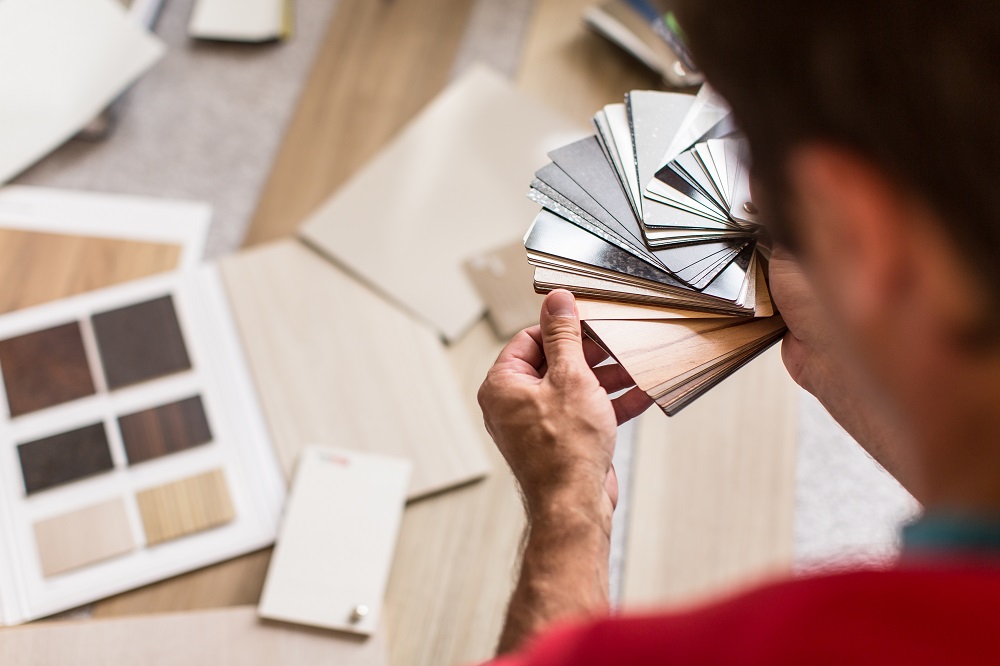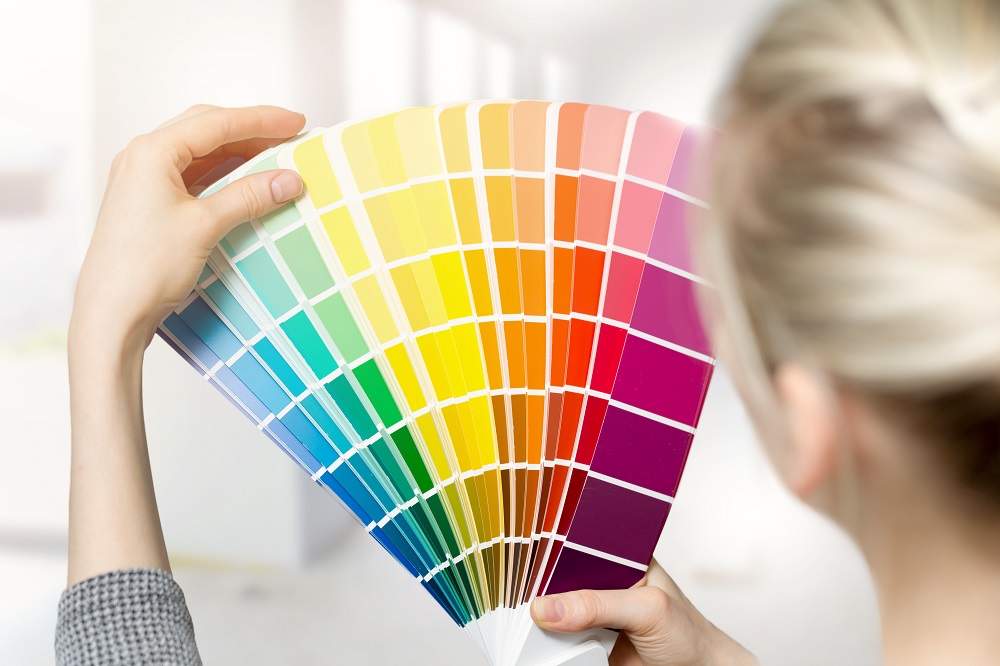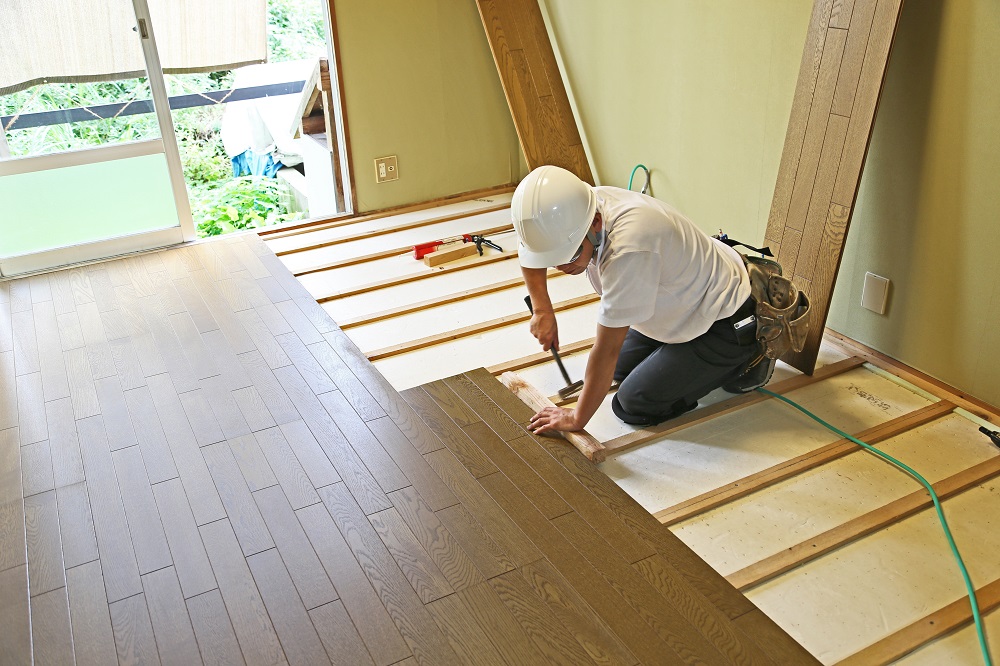Sanding floors is a fantastic way to refresh and revitalize the look of any area, especially if your floor is made from wood. There are countless benefits to sanding floors. It creates a more even surface that looks cleaner and feels smoother to the touch. A good sanding job will also help you get rid of splinters and other small imperfections in your floor.
If you’ve got some pretty old or rundown wooden floorboards, then giving them a good sanding might just be the thing you need to bring them back to their former glory. However, there are some things you’ll need to think about before getting started with this process. After all, it’s important to make sure that the work gets done in an environmentally friendly way as well as making sure that it doesn’t cost you anything more than necessary.
Signs that your floors need sanding
Even if you aren’t entirely certain, you can still ask an experienced and reliable contractor to inspect and estimate your wooden floors. You are not born with the knowledge and expertise to estimate the condition of your floorboards, so even the slightest doubt should be addressed.
Even if your floor does not seem to have any major problems or imperfections, you may still want to seek professional advice and recommendations, so do not downplay their importance.
You can also inspect your own floor for wear and tear and other problems. Here is what you will notice if you are confident enough to inspect your own floor:
Worn finish – The primary purpose of floor sanding is to remove the surface finish from a floor, which occurs as a result of time or excessive use. With time, a floor finish begins to wear away, particularly as a result of high traffic, large numbers of people, everyday use, etc. If you delay too long, you may begin to see bare spots and patches as the finish’s protective capabilities are either weakened or absent altogether.
Your flooring must be re-waxed using the same type of coating as before. If you are not sure what kind of coating your floor has, scratch a tiny spot with a coin or metal object and see if it chips away. Otherwise, you can put a few drops of water on the floor and see if white spots appear (oil-based or wax). You can determine whether your finish is wax by wiping a small spot with a white cloth dampened with ammonia. If the cloth turns yellow or brownish, your floor is most likely waxed. Bubbling, chipping and flaking are also signs of a damaged or worn finish.
Scratches & surface stains – Small scratches and surface dirt can negatively impact the look of your floor, but sanding can help you eliminate them.
Fading or dullness – Surface finish imperfections are usually caused by high traffic or sun exposure and are easily removed during sanding. These defects usually affect only the original colour.
A worn-out, downcast, and worn appearance is typically a sign that your wood floor needs to be sanded again. If your floor resembles a quilted patchwork and you didn’t want it that way, you should refinish it to get a consistent, smooth, fresh appearance.
How will sanding help to improve your wood floor?
Using sanding papers of different densities and intensities, you remove the wood’s top surface layer for sanding. When removing the worn finish, it may also remove a thin layer of the bare wood’s top, provided that the boards are thick enough. It occurs 6-7 times in the lifetime of solid wood trees and 4 times in the lifetime of engineered wood planks, provided that it is required.
Newly installed and unfinished wooden boards can also benefit from the improvement method, because the process opens the wood’s pores and allows the finishing product to be absorbed more thoroughly, resulting in increased strength and protection.
How should you prepare a wood floor for sanding?
You must prepare properly in order to have a pleasant experience and get excellent results, whether you are using a professional contractor or doing it yourself. It’s true that sanding is a messy and stressful experience, but the process can operate smoothly, almost dust-free, and stress-free, thanks to good preparation. So if you’re looking to begin making preparations for sanding your floor, have a look at our checklist below on what to think about before you make a start:
Plan ahead – Think about purchasing new doors in advance of starting your project and factor it in. Having everything scheduled will assist you greatly and minimize the disruption to the daily routine of the whole family. In reality, renovating your house doesn’t feel like visiting a day spa, but you can always take steps to make the experience as seamless and painless as possible.
Make sure to ask the sanding team’s schedule if you’re hiring a professional contractor. If you’re undertaking it yourself, your schedule is up to you, so be cautious. And if you are loaning money to pay for the work, make sure you understand fair credit reports.
Remove rugs and furniture – Before a room’s walls are painted, all of the furniture, decorations, hanging art, rugs, and small items should be relocated outside the room. In addition, some professional services offer to remove the furniture for free.
Stock on plastic sheets – Modern sanding techniques provide a nearly dust-free experience, but make sure to cover your windows and doors with plastic sheets to serve as a good barrier against sawdust.
Guarantee good ventilation – The finishing product should dry over a couple of weeks after the last application. The room should have good ventilation to speed up the finish drying process.
Clean – Prior to sanding your floor, you must pre-clean it. You do not want dust and dirt particles embedding themselves in the finish forever, do you? You must use a powerful vacuum cleaner and a mop dampened with a bit of water and a wood flooring cleaning solution only.
Inspection – Look for any protruding nails and pound them down before the sanding machine passes, or else it may leave serious marks or scratches.Prior to sanding, all minor repairs your floor needs should be finished, such as filling in gaps, nailing down loose boards, etc.









